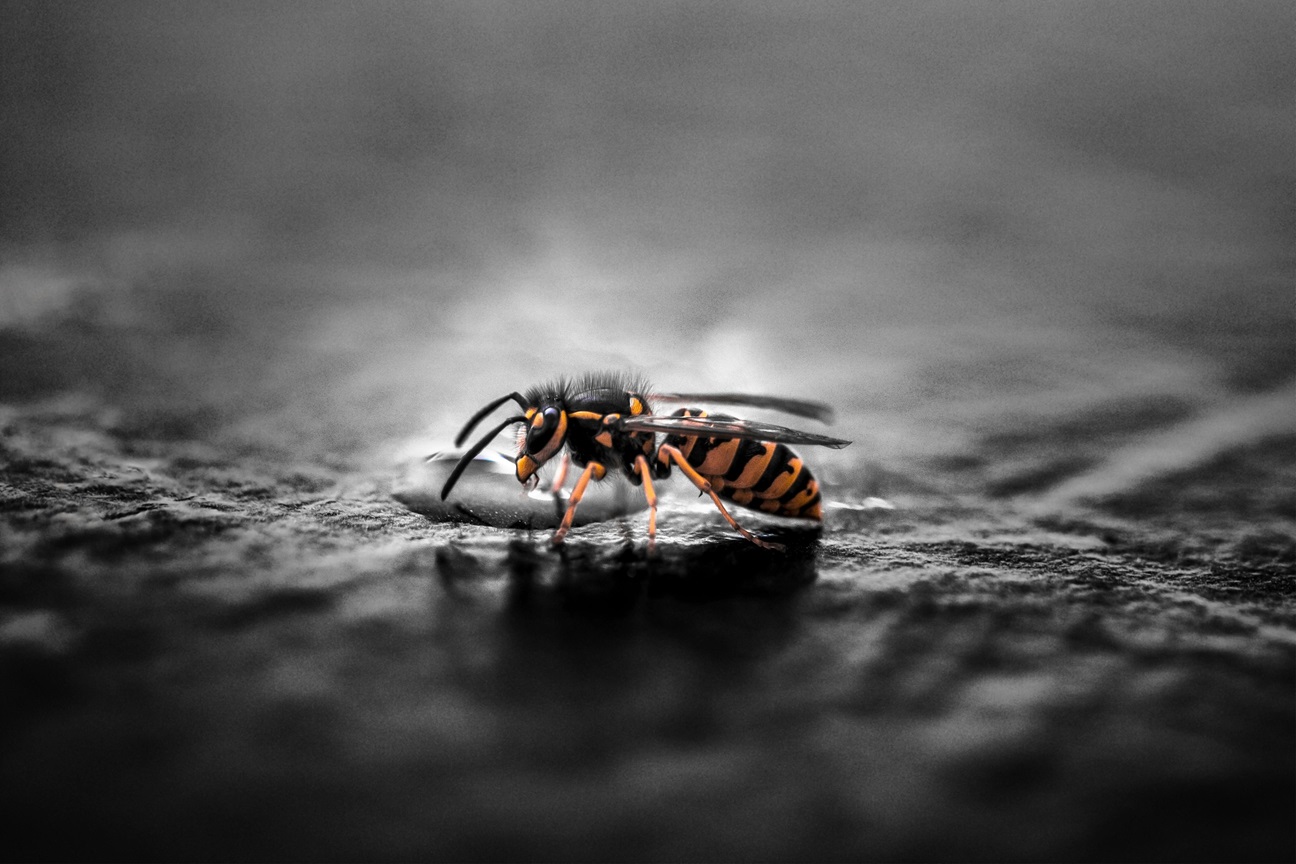Wasps can be a nuisance, and their stings are not only painful but can also be dangerous, especially for those with allergies. If you find yourself with a wasp problem in or around your home, it’s important to address it promptly and safely. Here are some tips from the professionals at Pest Line to help you manage wasp removal effectively.
1. Identify the Wasp Species
Before taking any action, it’s crucial to identify the type of wasp you are dealing with. Different species have different behaviors and nesting habits. For example, yellowjackets are more aggressive and often nest in the ground, while paper wasps create umbrella-shaped nests under eaves or in attics. Identifying the species can help you choose the best removal strategy.
2. Locate the Nest
To effectively remove wasps, you need to find their nest. Observe the wasps’ flight patterns to see where they are entering and exiting. Common nesting sites include under roof eaves, inside wall cavities, and in trees or bushes near your home. Locating the nest is the first step in addressing the problem.
3. Use Protective Gear
When dealing with wasps, always prioritize safety. If you decide to handle the nest removal yourself, wear protective clothing. This includes long sleeves, pants, gloves, and a face mask or veil to protect against stings. Wasps can become aggressive when their nest is threatened, so taking precautions is essential.
4. Apply Insecticide at Night
Wasps are less active at night, making it the safest time to apply insecticide. Choose an insecticide specifically designed for wasps and follow the instructions carefully. Spray the insecticide directly into the nest entrance, ensuring you have a clear exit route in case the wasps become agitated. Leave the nest in place for 24 hours before checking to see if the wasps are gone.
5. Remove the Nest
Once you are certain that all the wasps are dead, you can remove the nest. Carefully detach it and dispose of it in a sealed plastic bag. Removing the nest helps prevent other wasps from taking over the abandoned site. Make sure to clean the area thoroughly to remove any pheromones that might attract new wasps.
6. Seal Entry Points
To prevent future infestations, inspect your home for potential entry points and seal them. Common entry points include gaps around windows and doors, cracks in the siding, and openings where utility lines enter the house. Sealing these gaps will help keep wasps and other pests out.
7. Natural Remedies
If you prefer a chemical-free approach, there are several natural remedies you can try. For example, a mixture of water and dish soap can be effective when sprayed directly on wasps. Essential oils like peppermint, clove, and lemongrass are also known to repel wasps. Create a spray by mixing a few drops of essential oil with water and applying it around the nest and entry points.
8. Call a Professional
When dealing with a large infestation or if the nest is in a hard-to-reach location, it’s best to call a professional pest control service. Professionals have the expertise and equipment to handle wasp removal safely and effectively. They can also provide advice on preventing future infestations and ensure that all wasps are eliminated.
Conclusion
Dealing with wasps in your home can be challenging, but with the right approach, you can manage the problem safely and effectively. Always prioritize safety, whether you’re handling the removal yourself or calling in a professional. By taking the necessary precautions and preventive measures, you can keep your home wasp-free and ensure a safe environment for you and your family.
Photo by David Hablützel: https://www.pexels.com/photo/gravid-yellow-jacket-wasp-closeup-photography-928972/

